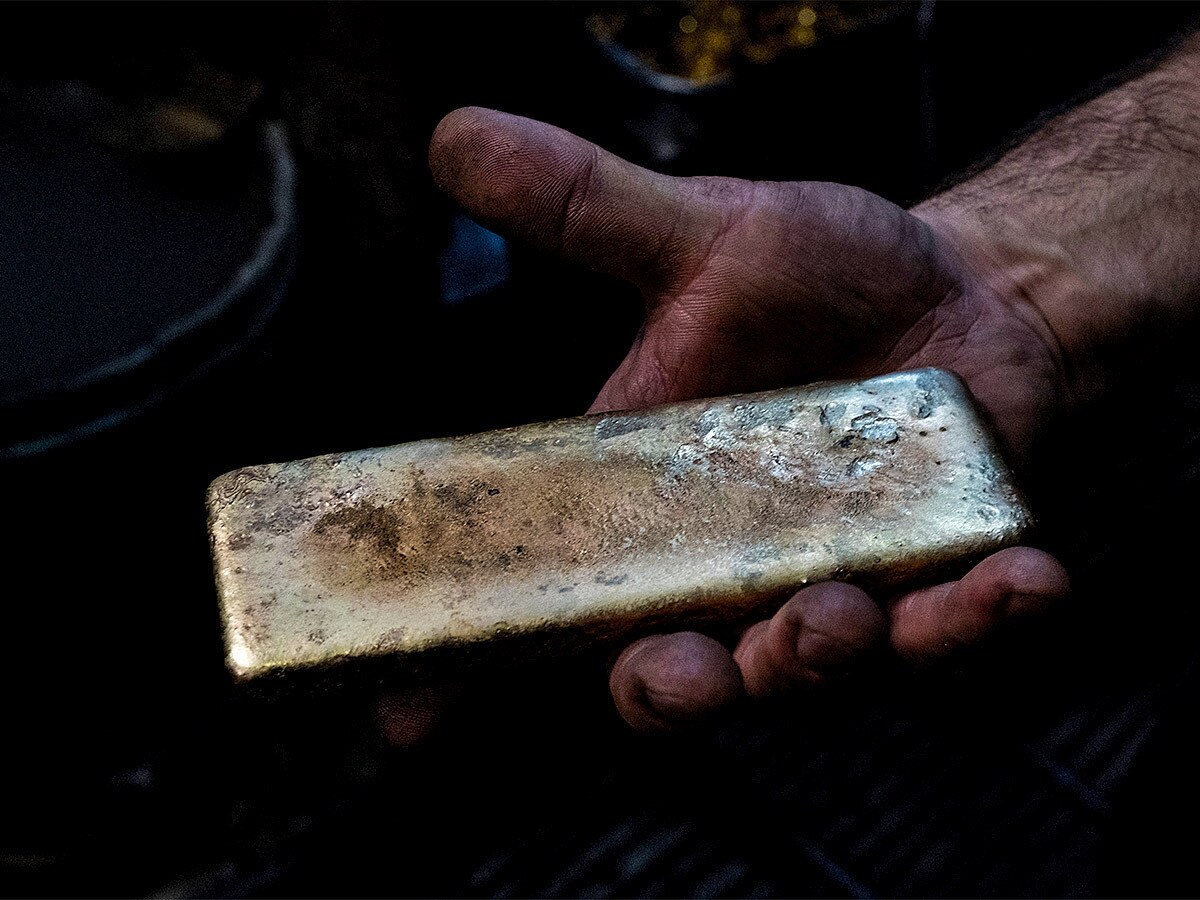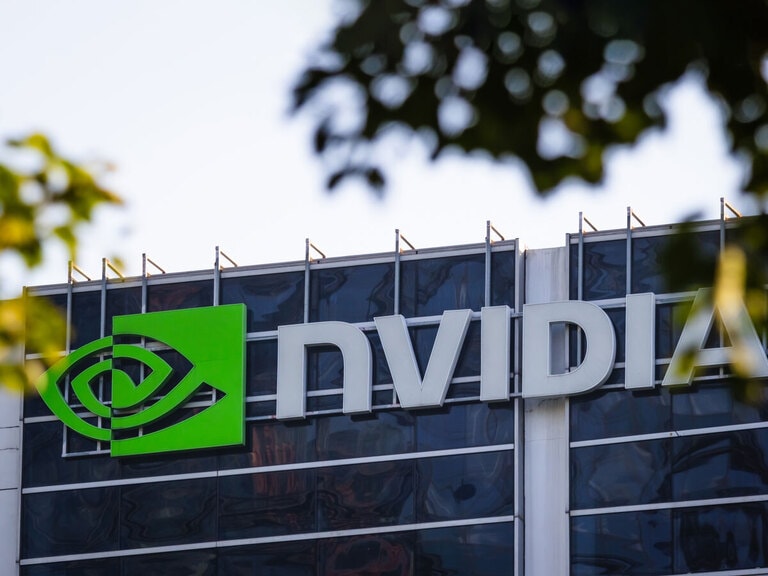The Sprott Gold Miners ETF has underperformed in the last few months, with gold miners being hit by the rising costs tied to inflation. However, a recent buyout within the industry and increased production numbers have helped some of the fund’s holdings.
The Sprott Gold Miners ETF [SGDM] has sunk downwards over the last few months. Despite rising at the beginning of the year, the fund has seen a decline of over 17.5% in 2022 with it dropping 36% from its April highs as of 10 October.
The recent decline in gold prices over the last few months has been the driving force hurting the performance of the gold miners the fund holds. As interest rates rise, investors are selling their gold positions in favour of high-interest investment alternatives.
The fund currently has 33 holdings in companies with gold mining interests. Making up 12.47% of total fund holdings, American miner Newmont [NEM] is the largest investment. The fund also has considerable positions in Canadian miners Barrick Gold [GOLD] and Franco-Nevada Corp [FNV] at 10.52% and 8.98%, respectively. The majority of investments are made in Canadian gold miners, with 71.9% of fund positions in companies operating in the country.
SGDM’s largest investment drags down the fund
A decline in the share price of Newmont, the fund’s largest position, has been a key factor in its poor performance since the beginning of the year, and in the last three months in particular. The company has seen its share price decline 25.5% since the start of the year and 48% from its April highs.
In the three months ending June 30, Newmont’s net income fell just over 40% year-on-year to $387m, down from $650m in 2021. Lower realised metals prices impacted the company’s top line by an estimated $225m. Performance does look to be improving however, with the firm reporting in its second quarter report that these costs have been somewhat compensated for by a $250m boost in Q2 sales.
Still, higher labour and consumables costs of around $80m plus a $50m rise in energy and fuel costs have slashed Newmont’s operating margins, which fell to 6.3% in the second quarter of 2022 from 29.9% a year before.
Dealmaking and increased production lift some holdings
Rising cost pressures paired with lower gold prices have harmed many of the fund’s holdings this year — not just Newmont.
The share price of Barrick Gold, the ETF’s second largest holding, declined by over 12.7% since the beginning of the year. However, the company has been able to avoid larger losses by improving production numbers to offset the challenges of lower gold prices. The miner was able to increase gold production to 1.04 million ounces in the second quarter from 990,000 ounces three months earlier.
Yamana Gold [AUY], the fund’s eighth largest holding with a weight of 4.04%, has sat in the green this year, rising 20.3% in 2022 despite industry challenges. Reports that Gold Fields [GFI], in which the fund also has a position, was offering to buy Yamana for $5.2bn have boosted its share price.
By contrast, the Gold Fields stock slumped 23.4% when the deal was announced on 31 May, with shareholders concerned that the company would be overpaying for Yamana.
Outlook remains optimistic despite short-term challenges
The performance of the Sprott Gold Miners ETF will be highly dependent on the price of gold over the coming months. Gold, which typically moves in response to economic news rather than underlying demand, was trading at a two-year low in mid-September. Not only have rising interest rates shifted demand away from gold to bonds, but a strong dollar has also made gold more expensive in other countries.
However, there is a possibility that gold prices may recover over the coming years and act as a stable store of value. If inflation continues to rise over the coming years and the global economy slows further, investors will turn the sights back to gold. If that ends up being the case, gold miners will see profit margins rise and the Sprott Gold Miners ETF could recover this year’s losses.
The forecast isn’t too gloomy, according to analysts like Colin Hamilton of BMO Capital Markets, who told the Financial Times that “the gold price is holding up pretty well”.“For gold as a whole, we are still trading reasonably above the marginal cost of production,” he added.
Continue reading for FREE
- Includes free newsletter updates, unsubscribe anytime. Privacy policy





